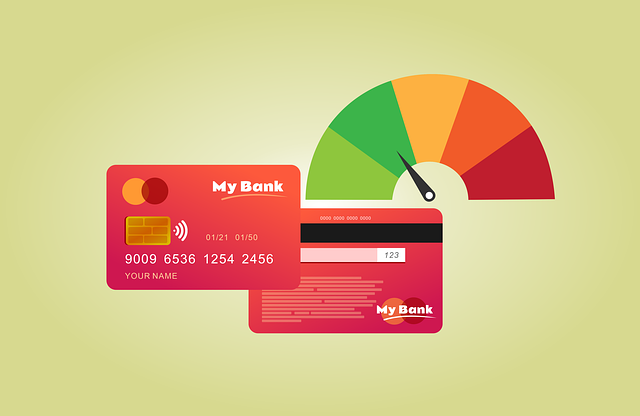Traditional loans from banks or credit unions offer reliable long-term funding with fixed rates and clear eligibility, ideal for building credit and stability. While they provide predictability, their longer terms can lead to higher costs. Alternative financing options are more flexible but come with shorter terms and potentially lower interest rates, appealing for speed and convenience. Borrowers should weigh the pros of traditional loans against alternative methods based on their individual financial needs and preferences.
In a world where speed is often valued over stability, traditional loans stand as pillars of predictability and reliability. This article delves into the heart of these conventional financing options, exploring their advantages like established reputations and consistent terms. We then turn our attention to the rising popularity of alternative financing, highlighting its diverse forms and varied benefits. By contrasting traditional and alternative loans, we help you understand when each excels, ultimately guiding informed financial decisions tailored to your unique needs. Key SEO keywords: alternative financing, alternative loans.
- Understanding Traditional Loans: Advantages and Disadvantages
- – Definition of traditional loans
- – How they work and examples
- – Benefits: stability, predictability, established reputation
Understanding Traditional Loans: Advantages and Disadvantages

Traditional loans are a staple in the financial world, offering borrowers a reliable and stable source of funding. These loans, often provided by banks or credit unions, have distinct advantages. For one, they typically come with fixed interest rates, making it easier for borrowers to budget and plan their repayments. This predictability is especially beneficial for those seeking long-term financing, as it shields them from potential rate fluctuations. Furthermore, traditional loans usually require straightforward eligibility criteria, such as a good credit score and stable employment, making the approval process more accessible.
However, there are also disadvantages to consider. Traditional loans often have longer repayment terms compared to some alternative financing options, which can result in higher interest payments over time. Additionally, these loans might not be as flexible, with strict guidelines regarding loan usage and early repayment penalties. In contrast, alternative loans, or non-traditional financing, offer more adaptability, shorter terms, and sometimes lower interest rates, appealing to borrowers seeking speed and convenience. Thus, understanding the pros and cons of traditional loans is key when deciding on a financial path that best suits individual needs.
– Definition of traditional loans

Traditional loans are a reliable and established form of financing that prioritize stability over quick cash. Unlike alternative financing options that may offer faster access to funds, traditional loans adhere to more conservative lending practices. These loans, often provided by banks or credit unions, typically require collateral, have fixed interest rates, and offer predictable repayment terms. This approach ensures borrowers maintain a solid financial foundation while accessing the capital they need for various purposes, such as home purchases or business expansions.
By embracing traditional loans, individuals and businesses can benefit from long-term financial security. Unlike alternative loans that may come with variable interest rates and unpredictable terms, traditional loans provide a clear path to repayment. This stability is especially valuable for those looking to build credit history or maintain a strong financial profile. As a result, traditional loans serve as a preferred choice for those seeking both accessibility and reliability in their financing options.
– How they work and examples

Traditional loans are a reliable and well-established form of financing with a straightforward structure. They operate on a simple concept: a lender provides funds to a borrower, who then repays the loan with interest over a set period. This method offers a consistent and predictable financial option, especially when compared to alternative financing methods that may provide quicker access to capital but can be less stable.
For instance, personal loans from banks or credit unions are traditional loans. A borrower applies for a specific amount, and if approved, they receive the funds immediately. Repayment typically occurs in regular installments over a fixed term, making it an accessible and safe option for various financial needs, whether it’s for home improvements or debt consolidation. This approach stands in contrast to alternative loans, such as payday advances, which often have shorter terms but significantly higher interest rates and fees.
– Benefits: stability, predictability, established reputation

Traditional loans stand out as a preferred choice for many borrowers due to their inherent benefits that offer stability and predictability in an ever-changing financial landscape. Unlike alternative financing options, these loans are backed by established financial institutions with well-defined terms and conditions. This provides borrowers with clarity regarding interest rates, repayment schedules, and penalties, fostering trust and peace of mind. The stability offered by traditional loans is particularly appealing to those seeking long-term funding for significant purchases or business ventures.
Moreover, the reputation of traditional lenders adds to their allure. Years of experience in the industry have honed their practices, ensuring fair dealing and customer satisfaction. This established track record also means borrowers can access competitive rates and tailored solutions, making traditional loans a reliable alternative to risky or less transparent financing methods.






